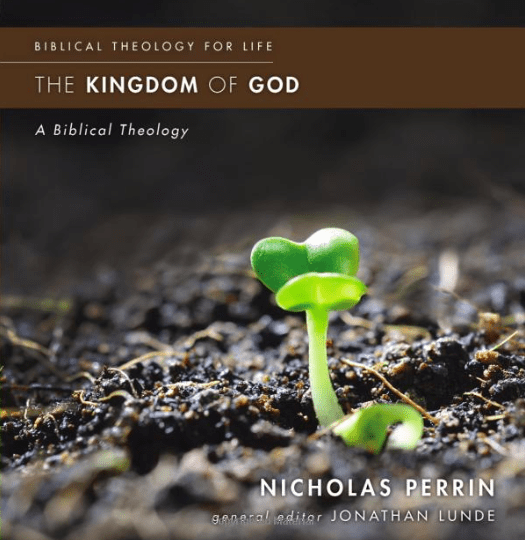 Many today are taken with the “spiritual but not religious” category (SBNR). I’m not. Diana Butler Bass, in her new book, Christianity after Religion, is. Spirituality is good; religion is bad. The language is the rhetoric of combat or partisanship. It is also the language of the non-defined.
Many today are taken with the “spiritual but not religious” category (SBNR). I’m not. Diana Butler Bass, in her new book, Christianity after Religion, is. Spirituality is good; religion is bad. The language is the rhetoric of combat or partisanship. It is also the language of the non-defined.
What do you think “SBNR” means? What message is expressed?
Yet, many today do use these terms for themselves the way Jesus Freaks in the 60s wore tie-dyed T-shirts and sandals and were “into” Jesus. I doubt much has changed in fifty years on this score, though the language has surely changed. The problem with Diana’s book is the premise: the whole thing is rooted in her belief in the decline of attendance in American churches, and there are a number of studies — the best ones, GSS and Baylor — and a number of scholars — including Christian Smith and his crew of researchers as well as Rodney Stark, who simply don’t agree. There is no serious decline in attendance in churches in America. So as I read Diana’s book — and it’s well written and a delightful read — I’m perturbed on nearly every page about the assumption of decline.
Is something going on? Yes, I believe that. But the closing down of mainline churches is not the same as decline in attendance in American churches. What is going on is partly registered with this SBNR category. I’m with the pastors and clergy Diana finds irritating who think “spiritual but not religious” lacks clarity so in a survey it means so much it may mean almost nothing. It tends to register what people are against (churches) and not what they are for. Yes, I agree: those who think they are SBNR are people who are anti-institutional and pro-Ellenism (see previous post on this book) or pro-personal and individual spirituality, an almost bricolage of theology, beliefs, and praxis.
But right there is the problem: What does it mean if everyone is making up their own religion when it comes grouping them all into the SBNR category? The disaffected evangelical 27 year old who still goes to a megachurch but barely participates who likes the label is lumped with the non-church going Spencer Burke types and the Alan Hirsch/Frank Viola house church types but there is precious little in common other than that they prefer “spiritual” over “religious” in the SBNR! So I find the label useless for describing concrete realities. Furthermore, the word “religious” for Protestants and evangelicals and fundamentalists has never been a happy word; Catholics, however, have liked it — they, after all, have a group of folks they call the “religious.” If I had to choose between “spiritual” and “religious” I’d choose the former, but I’d never call myself SBNR.
Part of her argument is that, like now, pre Civil War American churches were less organized; they were more a hodge podge. I’m not an American church historian but it appears to me she is cooking the books here: Yes, some diversity but there were clear denominational structures — I read the biography of Charles Hodge not long ago and I was struck then by the powerful organization of the Presbyterians and the conflicts within the Presbyterians, and there were Baptists, Methodists, and Congregationalists and some Catholics (Maryland) … so while there was diversity I’m not so sure that after the Civil War the American churches began to organize themselves in a more business-like fashion, except to the degree that organization theory itself became more accommodating to businesses. Some church historian might step in here.
She has a nice sketch of problems in the church from 2000-2010: post 9/11 church drop off; Catholic priests scandals; Protestant conflict over homosexuality; Religious Right winning the Bush election but losing the battle (this one is sketchy because “winning” and “losing” are the QED); religious ratings going down. Discussions could be had about each: the rise in church attendance following 9/11 can be expected, as can a decline after the fervor. Etc.
This all leads Diana to her big question: “Are we all in the process of becoming Ellen?” (83). Well, here we are facing the problem: How big is this problem? What are the real numbers when it comes to decline? Millions and millions attended traditional denominational churches this weekend. Last week Barna distributed a study saying 70+% of women are satisfied with their role in their churches. Yes, I agree that Diana’s got her pointer on some holy discontent. And Yes, young adults are not in church, and probably not in church longer than in the past, but there are numbers that show their absence is no different in the past when it comes to significant statistics.
In her book Diana cites these two studies to show a shift going on in what she calls the Great (Re)Turning to the sense of wonder and awe in a global community. What needs to end, she says, is religion. Here is a comparison on the SBNR questions over one decade.
Gallup 1999: S (30%), R (54%), S and R (6), neither S nor R (9).
Princeton 2009: S (30), R (9), S and R (48), neither S nor R (9).










